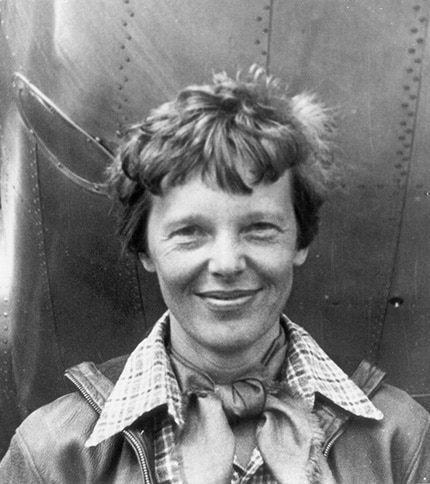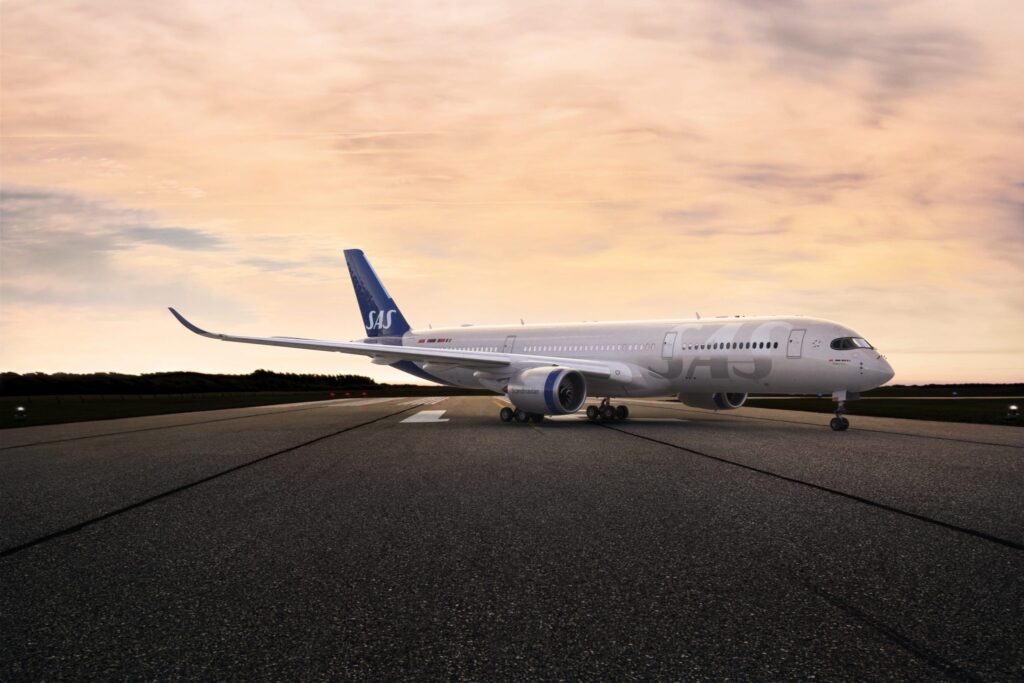lørdag 30. november 2024
Droneaktivtet over- og nær RAF Mildenhall fortsetter - BBC
Are the drones lighting up US bases in England
something sinister?
10 hours ago
Save
Matt Precey
BBC News, Suffolk
Reporting fromBeck Row
Alice Cunningham
BBC News, Suffolk
 Matt Precey/BBC
Matt Precey/BBC
The government said those behind the drone incursions would be shown
the "full force of the law"
Airspace around US airbases in Norfolk and Suffolk has been under
scrutiny following multiple recent drone incursions. Those responsible for the
aircraft have yet to be found and nearby residents have questioned how and why
the incidents have been allowed to happen.
Drone incursions were initially reported at three US airbases – RAF
Mildenhall and RAF Lakenheath in Suffolk, and RAF Feltwell in Norfolk – between
20 and 22 November, and the aircraft has since reappeared.
In the village of Beck
Row, Suffolk, which is situated next to RAF Mildenhall, residents reported
brightly lit aerial vehicles hovering above their houses and over the base
itself.
Sjekk hele saken her: https://tinyurl.com/3p4v8mrs
Amelia Earharts fly er ikke funnet som en håpet - Aviation24.be
Aviation24.be
Amelia Earhart’s lost plane discovery turns out to be a rock formation

The excitement surrounding the potential discovery of Amelia Earhart’s plane in the Pacific Ocean has been tempered by new findings. Deep Sea Vision, the team that initially reported detecting a sonar image resembling Earhart’s Lockheed 10-E Electra, conducted further investigations at the site near Howland Island. Upon closer examination, the object was determined to be a naturally occurring rock formation, not the aircraft as previously speculated.
The development is a setback for the team, which had scanned over 5,200 square miles of ocean floor and received significant funding from pilot and former U.S. Air Force intelligence officer Tony Romeo. The discovery had generated worldwide interest, given the enduring mystery of Earhart’s 1937 disappearance. While the sonar images sparked hope, experts had cautioned early on that definitive proof would require more detailed analysis.
Despite the disappointment, Deep Sea Vision remains committed to solving the mystery. The team has announced plans to continue searching in the vicinity of Howland Island, drawing on their advanced sonar technology and a renewed determination to uncover new clues about Earhart’s final flight. The quest to solve one of aviation’s greatest enigmas continues.

SAS med ny rute til Seoul - Aviation24.be
Aviation24.be
SAS launches first direct Scandinavia-Korea route, connecting Copenhagen and Seoul

SAS will inaugurate the first-ever direct route between Scandinavia and Korea, linking Copenhagen and Seoul starting September 12, 2025.
Operating with fuel-efficient Airbus A350 aircraft, the route offers four weekly flights in summer and three in winter, enhancing Copenhagen’s role as a global travel hub.
This expansion caters to a growing demand for travel between Scandinavia and Korea, fuelled by Korea’s cultural appeal and strong business ties. The service promises seamless connectivity via SAS and SkyTeam networks, pending final government approval.
SAS med stor charteravtale - Aviation24.be
Aviation24.be
SAS and Sunweb sign expanded 740 million SEK charter flight agreement through 2027
SAS and Sunweb have signed a 740 million SEK (€64 million) contract, extending their partnership until summer 2027. The deal, including Airtours’ operations in Sweden, will see SAS operate charter flights from Denmark and Sweden to 13 destinations like Corfu and Bodrum.
The new contract marks a significant increase from the previous 200 million SEK contract. SAS will use its fuel-efficient A320neo aircraft to serve passengers from Stockholm Arlanda, Gothenburg, and Copenhagen.
Both companies emphasise their shared commitment to quality, reliability, and long-term growth in the Nordic charter market.
Norge har uholdbare restriksjoner for alliert aktivitet i nord - Forsvarets forum
Dette er en kronikk med personlige, men særdeles viktige meninger, om de vanskelighetene vi skaper for NATO og oss selv: https://tinyurl.com/4e958w2w
Du kan umulig ha unngått å ha lest gjentatte ganger her på bloggen, at undertegnede har ment dette i mange år! Men "Det brukne gevær" spøker fremdeles hos Arbeiderpartiet virker det som. Nå gjelder det, faktisk nok en gang, Norges eksistens som fri nasjon.
fredag 29. november 2024
Droner - MQ-9A Reaper kikket nærmere på - DefenseNews
East Coast Marine drone squadron conducts
first Reaper flight
By Todd South
Nov 27, 2024,
09:00 PM
A Marine Corps MQ-9A
Reaper taxis at Marine Corps Air Station Cherry Point, North Carolina, Nov. 21,
2024. (Chief Warrant Officer 2 Akeel Austin/Marine Corps)
East Coast Marines will
soon have their own MQ-9A Reaper drone training unit after recently completing
a successful flight of the platform at Marine
Corps Air Station Cherry Point, North Carolina.
The Marine Unmanned Aerial
Vehicle Training Squadron, or VMUT 2, Marine Aircraft Group 14, 2nd Marine
Aircraft Wing conducted the unit’s first Reaper flight on Nov. 21, according to
a release.
“This achievement is more
than a technical success — it represents a bold step forward in the future of unmanned
aerial systems within the Marine Corps,” said Lt. Col. Jonathan Boersma, VMUT-2
commander.
The unit transitioned from
an operational RQ-21A Blackjack drone squadron to the Corps’ Reaper Fleet
Replacement Squadron in July 2023, according to the release. The unit will now work
to build up a full squadron of Reaper drones, pilots, maintenance and support
staff.
As
demand rises, Marines need their own school for MQ-9 drone crews
The Corps has 100 trained MQ-9A pilots but needs more.
By Todd South
Over the past five years
the Corps has gone from leasing a handful of Reaper drones to building a training school, standing up an
operational squadron and implementing a series of upgrades to stretch the
capabilities of the platform.
The program, known as the
Extended Range Marine Air-Ground Task Force Unmanned Expeditionary
Medium-Altitude, High-Endurance aircraft, or MUX, was previously part of a
larger “do-it-all” drone concept the Marine Corps sought to employ to
quarterback all elements of the battle through sensors and communications
links.
The MUX program seeks to
use a single drone to conduct, coordinate and relay reconnaissance,
counter-reconnaissance, communications, electromagnetic attack and conventional
strike missions.
But the original request
for a new, purpose-built drone stalled in Congress, which pushed the Marines to
use the legacy Reaper platform to test the new concepts.
Though the Reaper drone
has been in service for decades, the Corps previously leased the platforms from General
Atomics until the service acquired its first Reaper in 2021 at Unmanned
Aerial Vehicle Squadron 1, 3rd Marine Aircraft Wing in Yuma, Arizona.
The Air Force has operated the MQ-9
since 2007, and as of 2021 had more than 300 of them in its inventory. Earlier
this year, the Corps had 10 Reapers in its fleet, with another 10 scheduled for
delivery in fiscal year 2025.
Marine Corps Capt. Joshua
Brooks and Master Sgt. Willie Cheeseboro Jr. working on the MQ-9 platform.
(Lance Cpl Gabrielle Sanders/Marine Corps)
The MQ-9 has a maximum
takeoff weight of 10,500 pounds, and a payload capacity of 3,000 pounds. The
drone can fly a maximum distance of 2,250 nautical miles. Its maximum flight
time is 27 hours, according to Navy data.
The Marines established
the 7318 military occupational specialty for MQ-9 pilots in 2020. Within two
years the service had trained 38 drone pilots. In December 2023, the Corps
announced it had trained 100 pilots for the MQ-9.
The MQ-9 is the Corps’
first Group 5 drone, which denotes a drone heavier than 1,320 pounds and one
with an altitude capability of 18,000 feet and above.
In 2022, as the service
acquired its first Reapers and trained pilots, then-Commandant Gen. David
Berger announced that the Corps would stand up its first Reaper squadron in
Hawaii and build out six unmanned aerial squadrons.
In August 2023, Marine
Unmanned Aerial Squadron-3 at Kaneohe Bay, Hawaii became the first
squadron to reach initial operational capability.
Russerne bedriver utstrakt sabotasje i Europa, mener sjefen ved MI5 - Finansavisen
Det er kanskje betimelig å vite at over 250 norske fartøyer har russisk skipper på brua. De seiler på en dispansasjonsrdning fra lang tid tilbake, og å trekke disse tilbake betyr store problemer for norske redere. Slå den! Money rules. (Red.)
MI6-sjefen: Russland driver ekstremt hensynsløs sabotasje i Europa
Russland fører en
«ekstremt hensynsløs» saboteringskampanje i Europa, sier MI6-sjefen. Russiske
sabotasjeaksjoner i Europa vil øke, ifølge amerikansk etterretning.
Publisert 14:35

Journalist
«Vi har nylig avdekket en ekstremt hensynsløs operasjon av russisk
sabotasje i Europa, samtidig som Putin og hans akolytter rasler med
atomvåpensablene for å spre frykt for konsekvensene av å bistå Ukraina.»
Det sa sjefen for britisk etterretning (MI6), Richard Moore, i en tale
i Paris på fredag, melder Reuters.
MI6-sjefen sa at kostnaden ved å støtte Ukraina er velkjent, men la til
at «kostnaden ved å ikke støtte ville vært uendelig mye høyere. Dersom Putin
lykkes, vil Kina vurdere hvilke implikasjoner det har, Nord-Korea kan få
selvtillit, og Iran vil bli enda farligere».
Talen virket ifølge Reuters som dens formål var å ildne opp nølende
europeiske land, samt Ukraina-skeptikere i den nye administrasjonen i USA.
Moore føyer seg inn i rekken av etterretningssjefer som advarer mot et
økt omfang av russiske sabotasjeaksjoner. Blant annet inkluderer sabotasjen
gjentatte cyberangrep og brannstiftelser. Russland benekter ikke
overraskende alle anklagene.
Les også
Mistenkt for
sabotasje - skal ha dratt ankeret 160 km
Skipet Yi Peng 3 skal ha dratt ankeret sitt 160
kilometer langs havbunnen, og kuttet to sjøkabler i prosessen.
Ifølge Reuters' kilder i amerikansk etterretning har sagt at det er
sannsynlig at Russland utvider saboteringskampanjen sin mot mål i Europa, for å
øke presset på landene som støtter Ukraina.










